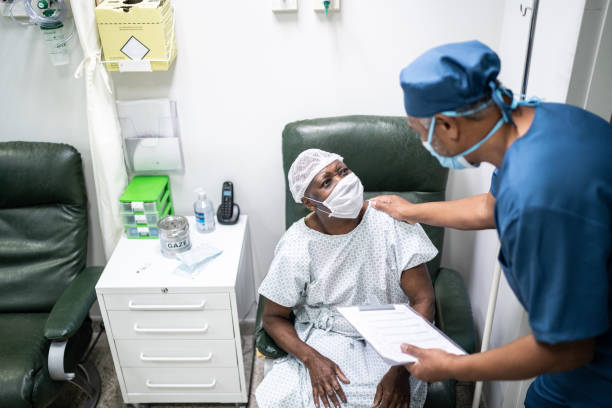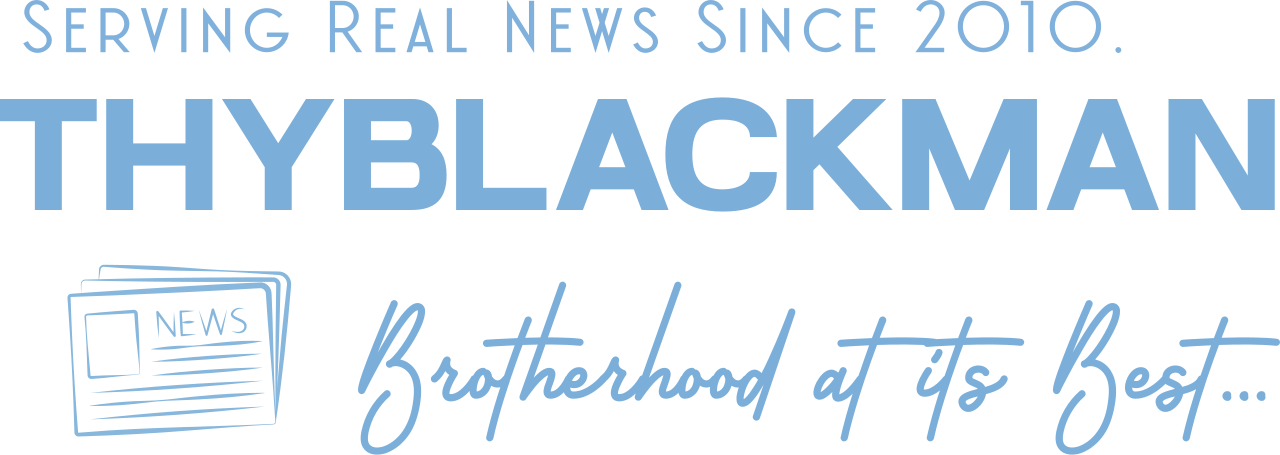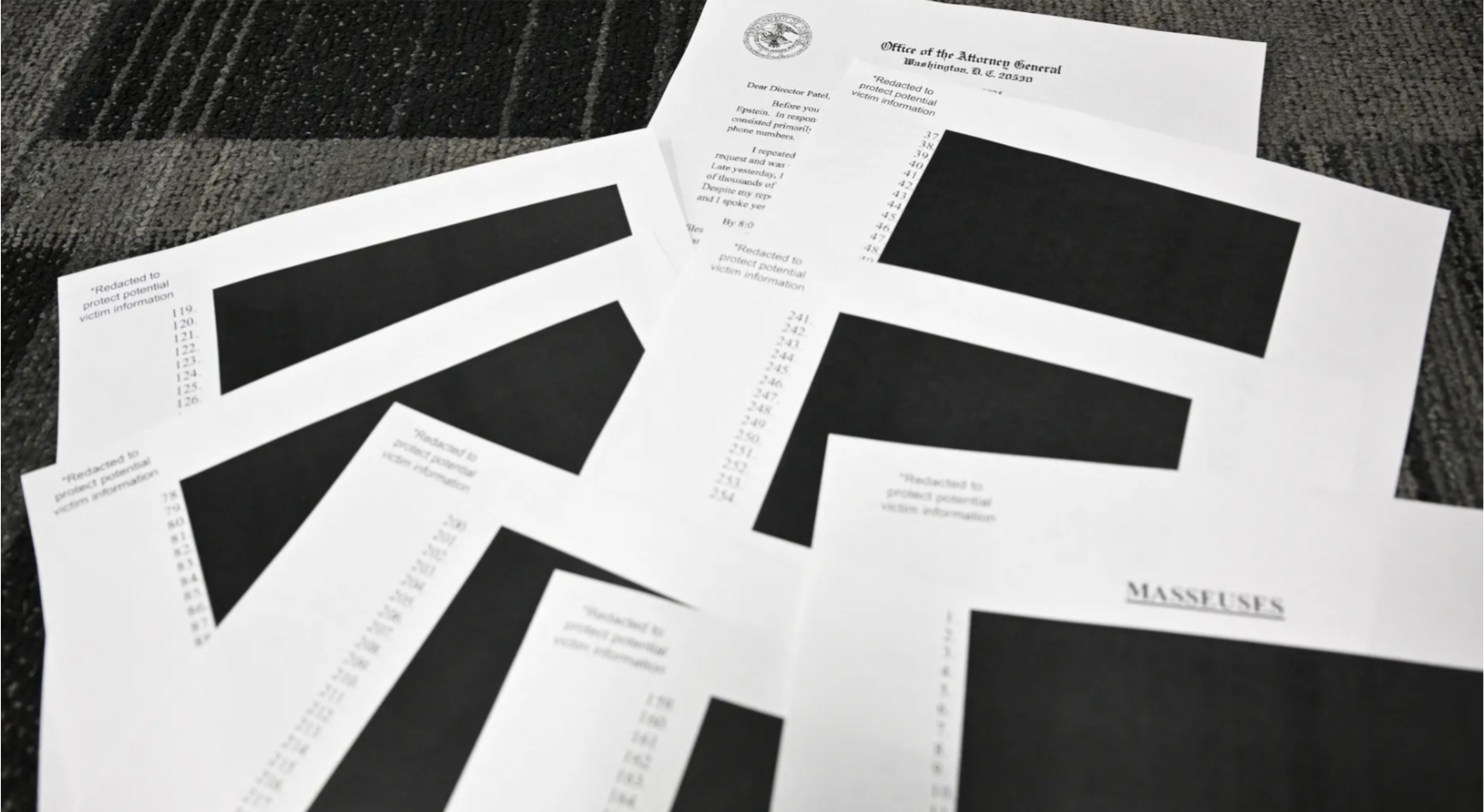(ThyBlackMan.com) Medical malpractice is a hidden yet serious issue that disproportionately affects the Black community. While this issue is often overlooked, its impact on Black patients is profound, leading to numerous cases of unnecessary harm and suffering. Medical malpractice occurs when a healthcare provider fails to meet the standard of care, resulting in patient injury or death. This failure is often compounded by systemic biases, a lack of representation, and distrust within the healthcare system, which exacerbate the problem for Black individuals. This article aims to raise awareness about the unique challenges faced by Black communities regarding medical malpractice and how we can advocate for justice.
As the healthcare system evolves, it is critical to acknowledge the ways in which it fails to meet the needs of Black patients. Medical malpractice is not merely a legal issue but a broader public health problem that intersects with racial discrimination and healthcare inequalities. In this blog, we will explore the roots of medical malpractice in the Black community, its societal implications, and the steps necessary to achieve justice for those affected.

The Scope of Medical Malpractice in the Black Community
According to Ward and Smith, medical malpractice, although a problem for all patients, disproportionately impacts the Black community due to a complex combination of factors such as implicit bias, poor access to healthcare, and racial discrimination. Studies show that Black patients are less likely to receive appropriate treatment, resulting in a higher incidence of medical errors. In fact, Black individuals are more likely to experience misdiagnoses, delayed treatments, and subpar care compared to their white counterparts. These disparities underscore the need for greater awareness and advocacy to address these injustices. Medical malpractice in this context becomes more than an isolated incident—it represents the broader racial inequities embedded in the healthcare system.
Historically, the healthcare system in the U.S. has been fraught with examples of medical abuses against Black individuals, including experiments like the infamous Tuskegee Syphilis Study. These events have left a lasting legacy of mistrust towards healthcare providers, making Black patients less likely to report medical malpractice. The long-standing impact of these historical injustices has contributed to a cycle where Black patients often suffer in silence. It is vital to understand the scope of medical malpractice within this community to begin dismantling the barriers that allow these issues to persist.
The Role of Implicit Bias in Healthcare
Implicit bias refers to the unconscious attitudes and stereotypes that healthcare professionals may harbor about race, gender, or other characteristics. Research has shown that implicit bias significantly influences the medical care that Black patients receive, often leading to malpractice. For instance, Black patients are more likely to be underestimated for pain, receive less aggressive treatment, or have their symptoms dismissed. This bias can lead to medical mistakes that might otherwise be avoided if the patient were of a different race. Understanding the role of implicit bias is crucial in addressing medical malpractice in the Black community.
These biases are not only limited to individual healthcare providers but also exist institutionally within the healthcare system. Structural inequities—such as the lack of Black healthcare professionals, the disproportionate prevalence of chronic diseases in Black communities, and a history of unequal access to care—create a fertile ground for these biases to flourish. As a result, Black patients may face medical errors simply because of how their healthcare providers view them. To effectively tackle medical malpractice in the Black community, it is essential to address both personal and institutional biases that lead to these disparities.
A Lack of Trust in the Healthcare System
Trust plays a central role in healthcare, and for Black individuals, this trust has been eroded over centuries. The history of medical exploitation, from slavery-era experiments to modern-day healthcare disparities, has contributed to a general distrust of the system. This mistrust is a significant factor in why Black patients often fail to report medical malpractice. Additionally, it can lead to a lack of adherence to prescribed treatments, avoiding necessary medical visits, or not seeking legal action when negligence occurs. Acknowledging this distrust is critical to understanding how medical malpractice continues to affect the Black community.
Building trust between healthcare providers and the Black community requires an intentional, consistent effort to address these historical wounds. Healthcare providers must engage in open, honest, and culturally competent communication with Black patients. Implementing better patient-centered care practices and improving cultural awareness among medical professionals can go a long way in restoring trust and preventing malpractice. Without rebuilding this trust, efforts to reduce medical malpractice will fall short, as patients will continue to shy away from reporting errors or seeking redress.
Empowering the Black Community to Recognize Medical Malpractice
Many individuals in the Black community are unaware of what constitutes medical malpractice or their legal rights when negligence occurs. This lack of knowledge leads to underreporting and missed opportunities for justice. By educating Black patients about their rights, the legal process, and how to recognize malpractice, we can begin to change the narrative. Awareness campaigns, community workshops, and partnerships with local advocacy groups can play a critical role in equipping individuals with the tools needed to navigate the healthcare system effectively and pursue justice when necessary.
Additionally, promoting self-advocacy within the Black community is essential. Patients should feel empowered to ask questions, seek second opinions, and demand transparency from their healthcare providers. Encouraging proactive engagement in one’s own healthcare will reduce the likelihood of malpractice. Moreover, community leaders and influencers must take on the responsibility of spreading awareness, highlighting real-life malpractice cases, and encouraging victims to seek justice, thereby ensuring that medical errors are not overlooked or accepted.
Legal Recourse and How to Seek Justice
When medical malpractice occurs, seeking legal recourse can be daunting, particularly for Black individuals who may face additional barriers. These include the high cost of hiring an attorney, a lack of awareness of legal options, and the challenges of navigating a complex legal system. However, pursuing a medical malpractice claim is crucial for holding negligent healthcare providers accountable and preventing future harm. This section will guide readers through the process of filing a claim, including the importance of gathering evidence, consulting legal experts, and understanding the statute of limitations.
Fortunately, several organizations and law firms are dedicated to supporting marginalized communities in medical malpractice cases. Black attorneys, in particular, play a pivotal role in ensuring that Black victims receive fair treatment in the legal system. Legal representation that understands the cultural and historical context of medical malpractice in the Black community can make a significant difference. By finding the right legal support, victims can increase their chances of receiving justice, making it easier to navigate the complexities of medical malpractice litigation.
Moving Forward: Solutions to Reduce Medical Malpractice in the Black Community
To reduce the prevalence of medical malpractice in the Black community, it is crucial to address systemic issues in the healthcare system. Efforts should focus on increasing diversity within the medical field, ensuring equitable access to healthcare, and providing regular training on implicit bias for healthcare professionals. Additionally, promoting health literacy in underserved communities can help prevent malpractice by ensuring patients are informed and engaged in their treatment plans.
Technological innovations, such as electronic health records and telemedicine, also offer promising solutions to prevent medical errors and improve patient care. By enhancing communication between patients and providers, improving record accuracy, and ensuring timely care, these tools can reduce the risk of malpractice. The combination of systemic reform, community empowerment, and technological advancements will ultimately create a healthcare environment where Black patients are treated with respect, care, and fairness, minimizing the risk of malpractice.
Conclusion: The Path to Change
In conclusion, medical malpractice in the Black community is a multifaceted issue that requires a comprehensive approach to resolve. By acknowledging the historical, systemic, and cultural factors that contribute to medical errors, we can take meaningful steps toward creating a healthcare system that serves everyone equitably. Education, awareness, legal recourse, and reform within the healthcare industry are essential in addressing medical malpractice in the Black community. While the path to change may be long, by working together to empower individuals and demand systemic transformation, we can ensure that Black patients receive the high-quality care they deserve. Only through collective action and a commitment to justice can we overcome the silent struggles of medical malpractice and move toward a more inclusive and fair healthcare system.
Staff Writer; Ricky Jones

















Leave a Reply